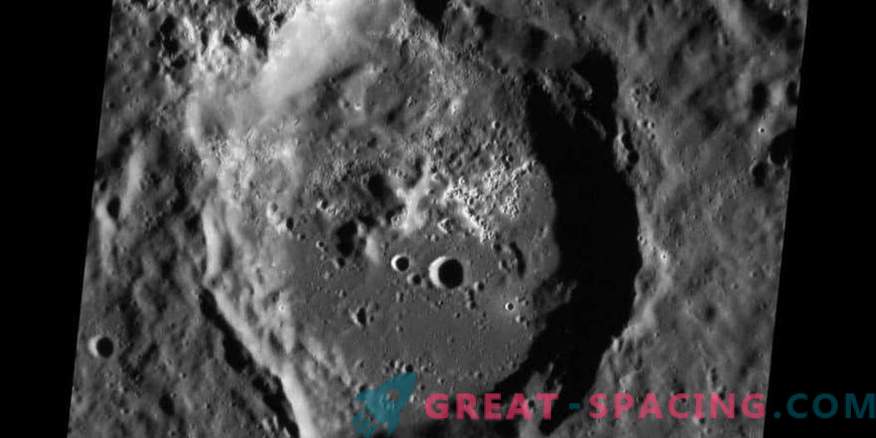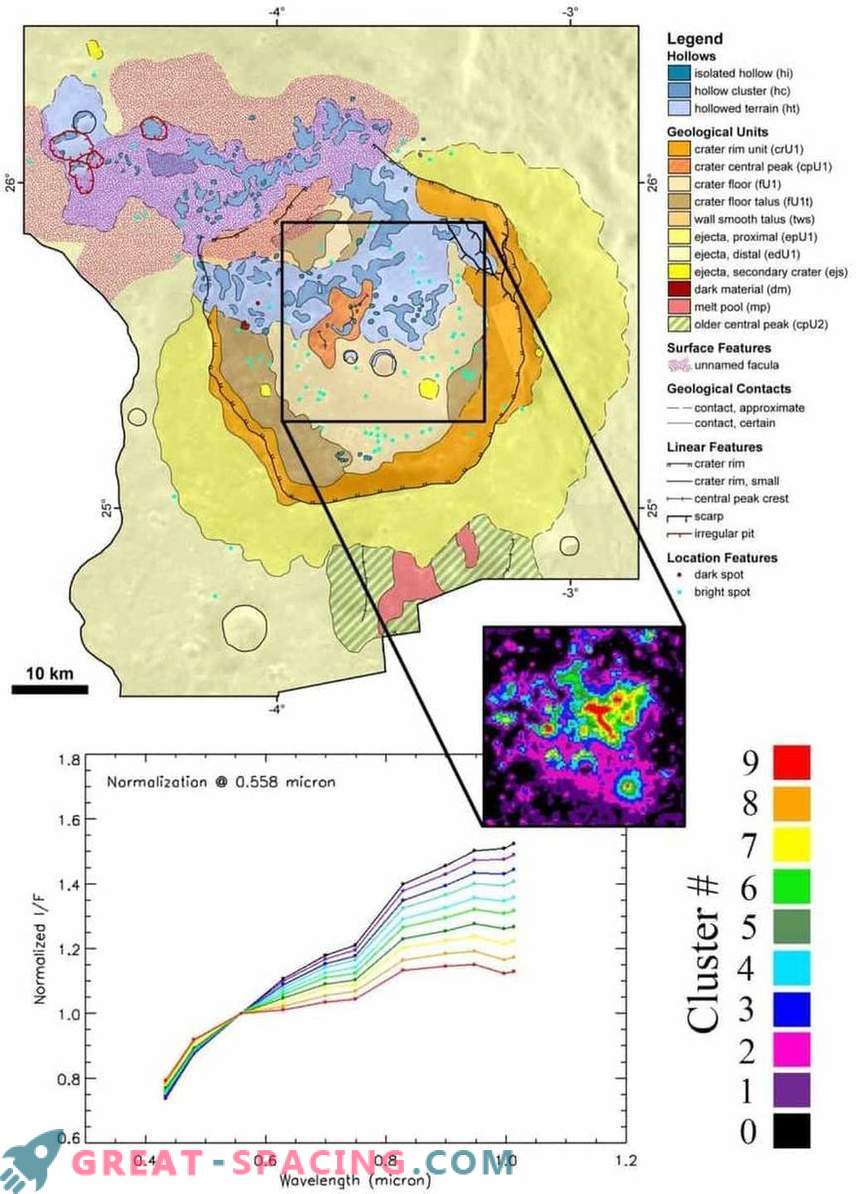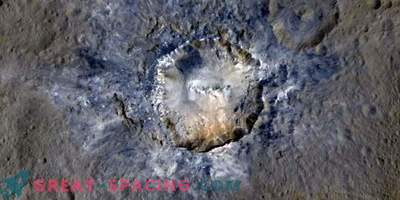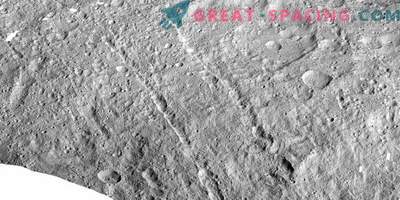
One of three craters (Canova) that accommodates voids.
One of the most surprising discoveries of the NASA Messenger mission was the presence of unusual, bright, irregular and dimensionless indentations on the surface of Mercury. These depressions are called voids, and they are commonly found on the walls, the bottom and the central tops of the craters.
The voids look fresh, so they can be actively formed in real time using a mechanism capable of turning on the loss of volatile compounds. However, scientists are still not able to fully understand the process of the formation of these voids. The new study decided to analyze the nature of the cavities in three different craters: Dominici, Canova and Velazquez. The main attention was paid to the study of geomorphology and compositional mineralogy of voids using multi-color images from the MDIS device.
The researchers divided the crater regions into different units, characterized by their spectral behavior. Comparing the results of geomorphological and spectral analysis, it was possible to detect a strong correlation between the indicators.

Comparison of the geological map and spectral analysis of the Canova crater. Voids are identified by a clear spectrum
The analysis showed that the voids in all three craters demonstrate a similar, clearly defined visible spectrum. When it was compared with laboratory spectra, it turned out to bring a mixture of different materials. The researchers found sulfides and pyroxene, which makes it possible to take a fresh look at the nature of the voids. It is now believed that they are not only the result of residual material coming from the process of removing volatile substances, but also the rock that forms the material in which the voids are created.
Now the team is closely investigating other areas of Mercury to see if this is normal behavior for voids or whether different landscapes affect them in their own way. The future mission of BepiColombo also plans to devote time to studying the voids.











































